Post Views: 1,267
Obviously a genuine Communication Plan will ease your Company communication! “Good communication is good business”.
Communication plans define what information should be communicated, who should receive that information, when that information should be delivered, where (e.g., email, social media, mail) communication will be shared, and how those communications will be tracked and analyzed.
The communication plan is an indispensable tool to effectively deliver your message to your audience. It’s the plan, par excellence, for all of your communication actions for the year. It’s your “navigation plan” which will set your course and all of the steps required to arrive safe and sound. No less!
That said, before settling into the task, be sure that the core of your project is well defined and that its foundations are solid: a detailed diagnostic (market study, competition, SWOT, positioning) and a sharp brand identity (vision, mission, values, value proposition, slogan and branding) provide the basic skeleton for successful communication.
To completely convince you, here are the main benefits of a well-designed communication plan:
- When you first start, ideas burst forth and you tend to go off in all directions. Your communication plan well help you structure ideas and focus them on the target audience.
- Since you have to build everything, planning out your communication will push you to define your “common thread” and ensure that the communication is consistent and logical over time.
- Listing the communication actions and tying them to precise objectives will allow you to step back and select the most relevant actions and the most effective strategy and to readjust your aim if required.
- Thanks to an evaluation of the results, you will be able to maximize your return on investment and optimize your communication spending over time.
- A communication plan provides you with an overall vision of your communication over a given period (generally: one year) and greatly facilitates its organization.
In summary, even if you’re raring to create content right away, taking the time upstream to sit and calmly reflect on your communication plan will help you save time later! Convinced? Not yet? So, follow this guide and discover the eight essential questions for an explosive communication plan!
1. WHAT IS THE GOAL ?
Continue Reading
Hang on, because this is both the most complex and most important question of all. Why do you want to communicate? What do you want your target to do? How will you assess if your communication has been a success or a failure?
Here are a few tips:
- If your objective isn’t clear, review your diagnostic: what is the greatest obstacle/challenge/problem to be solved?
- Don’t put the cart before the horse. Selling a product or service rarely happens right away. Before that, there are a number of steps to take using the funnel approach:
- Know the product/service
- Stick to it
- Appropriate it
- Share it
- Be an AmbassadorBased on this, what is the nature of your objective: to introduce/raise awareness/inform/call to action?
- Try to make the objective as SMART as possible (Specific, Measurable, Attainable, Relevant, and Time bound).
- Differentiate between your business objective in your communication objective:
- The business objective involves increasing your market share or your revenue by gaining customers or ensuring their loyalty. For example:
- Target 50 new customers by the end of the year.
- Increase sales to your top 10 customers by 20% in six months.
- The communication objective is based on the response you want to generate from your target: introduce, make popular or call to action. For example:
- Introduce your services to 100 eco-responsible companies.
- Obtain 200 subscriptions by parents to your webinar on positive discipline.
In short, for each communication action, ensure that you have defined a precise objective which will set your course and enable you to refine your GPS over time.
2. WHO IS MY AUDIENCE?
To communicate effectively, you have to know precisely who you are speaking to. Who do you want to talk to?
Here are a few tips:
- Try to identify people around you that could be interested in your product/service. Or try to imagine them and describe them in detail. Don’t stop with sociodemographic data. Go much further! What do they look like (age, gender, look, etc.)? What are their lifestyles, their habits, their professions, their hobbies? Do they have children, do they have a partner, or do they live alone? In the city, in the countryside? What are their values, their drivers, their aspirations?
- Really ask yourself the question: “Who will respond favourably to a message from your company?” Your current/potential customers? Ambassadors/bloggers/influencers? Decision-makers? A new, well-defined segment?
For example:
- Women 25-55 who are watching their weight and are tired of yo-yo diets.
- Working people who have done post-secondary studies and aren’t fulfilled by their job.
3. WHAT MESSAGE DO YOU WANT TO SEND THEM?
If we were to survey your target audience after your communication, what is the “THE” message they should remember? What do you want to arouse in the people contacted?
Here are a few tips:
- Think about the impressions you will elicit in your audience: professionalism, authenticity, humour? This is the time to review the values at the heart of your project (link).
- Pay attention to the tone you use: formal and meticulous, cool and relaxed, empathetic and warm?
- Remember that people have limited knowledge about your project. Be clear and precise. Avoid code names and other jargon.
- Select forceful arguments for your target. You can’t convince seniors and teenagers the same way…
- Ensure that your communication is consistent: tone, visual identity, etc.
- Try to put a single idea in a single sentence for each communication action and target group (“Choosing, means giving up…!”).
For example:
- If you aspire to a more harmonious family atmosphere, subscribe to my newsletter and receive a tip daily to improve your family life.
- Every Tuesday noon, come and try our vegetarian menu made with local, seasonal, organic products.
4. WHAT COMMUNICATION STRATEGY SHOULD YOU IMPLEMENT?
Now that you know which message you want to communicate, to which target and for what purposes, it’s time to define the “how”. How will you deliver an impact message? How will you influence the attitudes and behaviour of your target? How will you achieve your objectives?
The bitter truth is that everyone is drowning in an ocean of advertising messages every day. What will make Letitia or Alexis react to your message and respond to your call on that particular day?
This step requires an overall understanding, with the expectations and needs of your target and the communication objectives as your starting point.
Some examples:
- Use influencers: organise a tasting session of your product for influencers so they can relay the information in their own way
- Select a content strategy to share articles and advice
- Increase customer loyalty with special deals and gifts
- Call for action by having people try the gift or service for free
5. WHICH COMMUNICATION CHANNELS/TOOLS SHOULD YOU USE?
“Hey, hey, target, where are you?” Which channels or tools should you use to deliver your message to the people in question?
Here are a few tips:
- Create a hierarchy of tools/channels. It’s better to select a good communication tool and go all out than try to be everywhere and do everything halfway.
- Identify the entry points and pay attention to your “Network”. Make sure there are no dead ends. For example: your business card links to your website which links to your Instagram account and inversely.
- Consider every contact with your target to be a “Channel”. For example: your physical location could invite people to leave their email address to become members of a digital community. Your presence at an event will enable you to pitch your project and hand out business cards.
Examples of channels/tools:
- Social networks > They are constantly changing and have very different targets and styles: Instagram, Facebook, LinkedIn, Pinterest…Don’t underestimate the time required to update and maintain these communities. It may be wise to just select one and invest in it completely.
- Website/blog > The new trend is to say that a website is no longer a requirement. It’s your call! Remember, though, that the social networks don’t belong to you. A website is a bit like the “village centre”, a space over which you have 100% control and which is very practical for finding basic information. On condition that it’s listed there (and that’s not as easy as it sounds)!
- Newsletters, emailings > This is useful to maintain contact with your audience and build your credibility by offering content on a regular basis.
- And many others including public relations, events, networking, sponsoring, business cards and more expensive “traditional” media like television, billboards, the print media, radio, the cinema, etc.
6. BUDGET
When we think “budget”, we often think about marketing costs, printing costs, etc. And we tend to forget the investment in time! Because, yes, it takes a lot of time to create a Facebook page, to answer messages from the different channels, to take an Instagram picture, etc. You have to try to quantify that time. We are sometimes surprised at the number of hours a month we spend working on communication without even realising. With respect to your budget, you may have a very detailed one from the beginning. In this case, you will have to choose a realistic media mix in your budget. Or, you may first estimate the cost to reach a series of well-defined and quantifiable objectives, then approve a budget allocated on that basis.
7. TIMING
This is a very difficult question! Yes, but when? Even if it’s completely arbitrary at first, it’s important to stay with it. You’ll learn to be realistic and prioritize little by little over time! When thinking about timing, you also have to consider when will be the most appropriate time to maximise potential results. For example, just before the summer for your ice cream or during the holidays to introduce a leisure activity. And don’t forget to plan for some repetition to anchor your message with your target audience.
***
***
8. RESULTS EVALUATION
Ready to explore statistics and tables full of numbers? Granted, this isn’t the most exciting part. That said, taking the time to cross-reference results with your communication actions will provide a lot of lessons. What will you do differently next time to increase the impact?
It’s worth it!
Take the time to gather all items in a communication plan to get a clear picture: objective, target, message, strategy, channels, timing, budget and results.
Depending on your project and your skills, don’t hesitate to ask for help. You can contact a consulting firm to help you develop your communication plan. And you can also work with more technical groups to execute the plan: graphic artists, web developers, printers, etc.
Two tips in this respect:
- Everything doesn’t have to be perfect the first time around. You can start off small and define the thresholds above which you will use the services of a graphic artist or a web designer.
- You should have a precise understanding of what you’re delegating and what it implies for the future. Develop very clear guidelines. For example, what if you want to add more functionality to your site later on? Will you be dependent on your web designer for ever?
AND MORE….
- Take the time upstream to save time later! Sitting down and thinking through your communication plan may seem like a difficult or negligible task. However, it will save you an enormous amount of energy! Hold tight and stay the course.
- Always remember: “Who am I speaking with?” Yes, we speak to people, even if they seem to be at the other end of intergalactic space! Those people have limited knowledge about your project. Avoid jargon and complicated words.
- Go all the way by cross-referencing your results and strategy. That’s how we learn and progress.
Discover More:
What is a Press Kit?
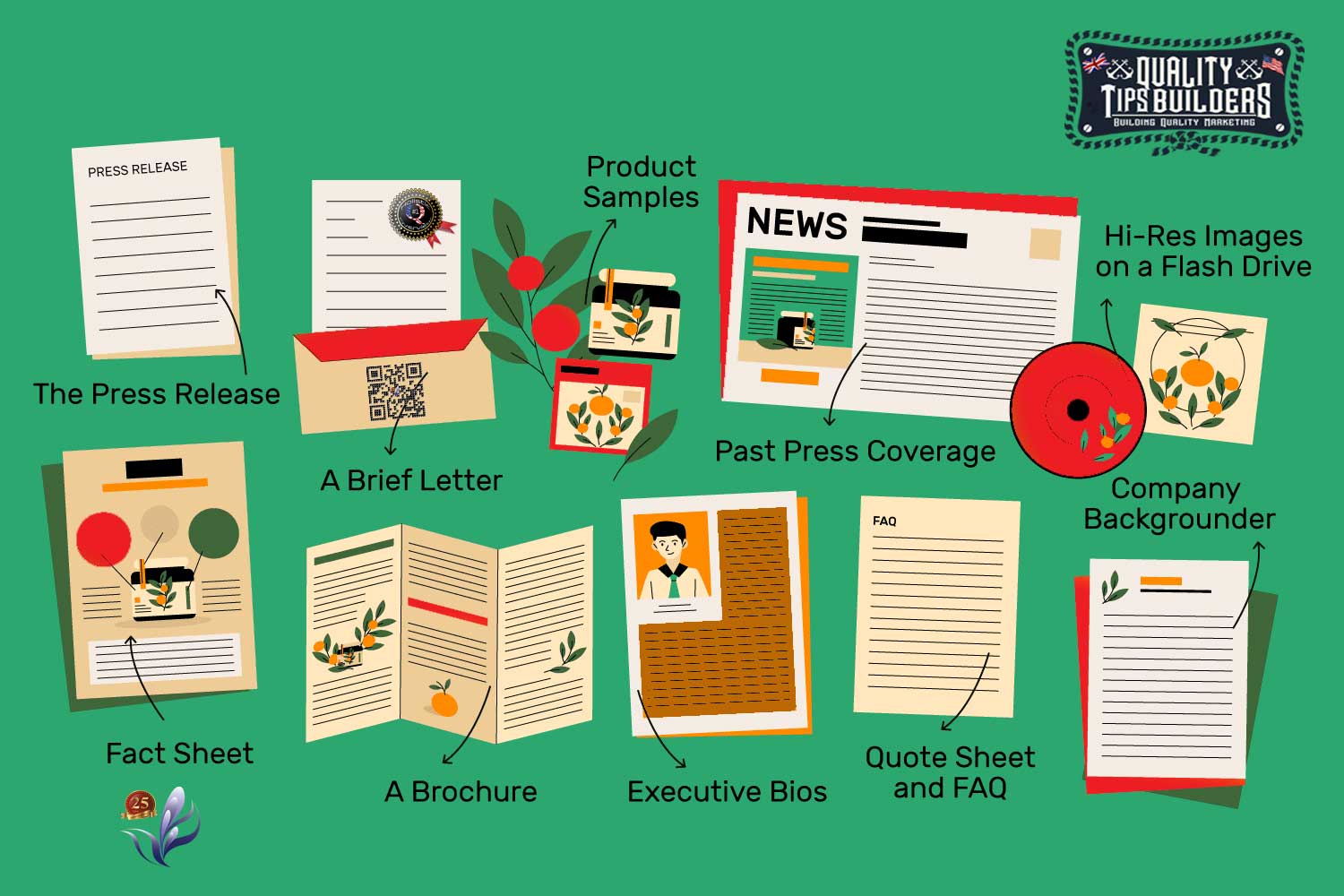
***

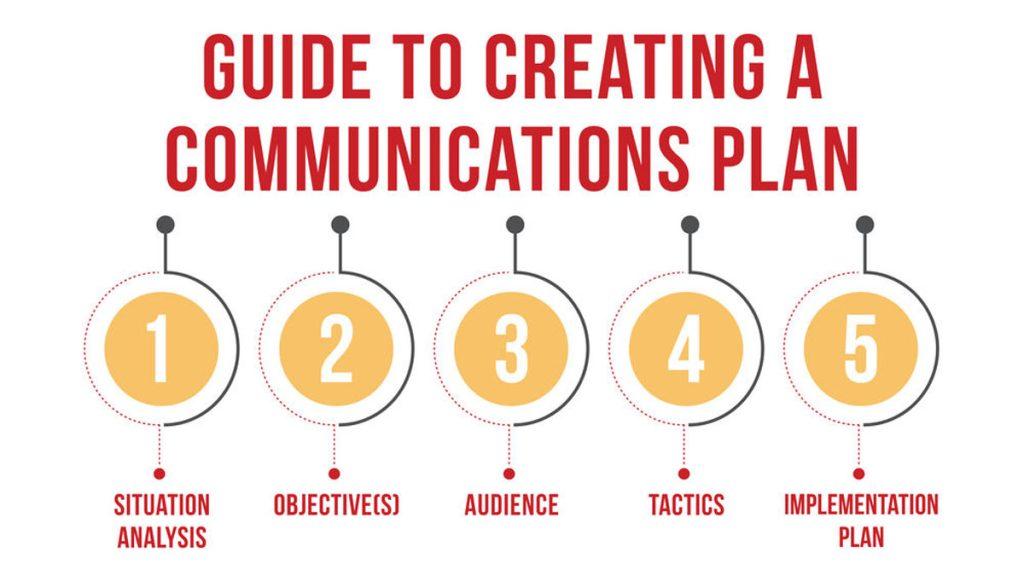
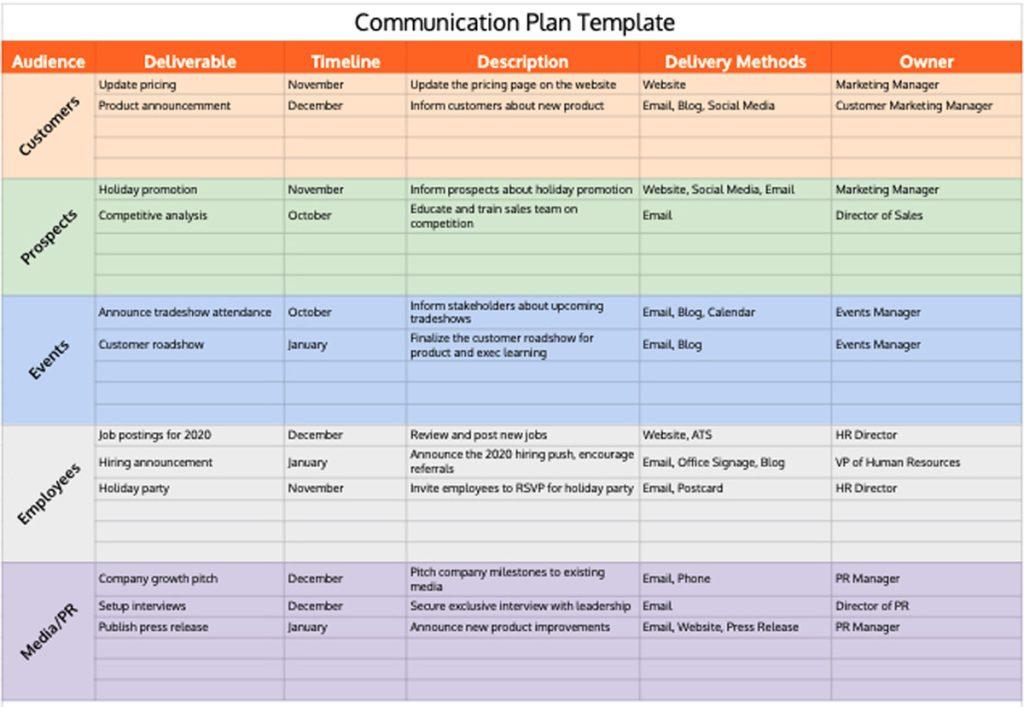

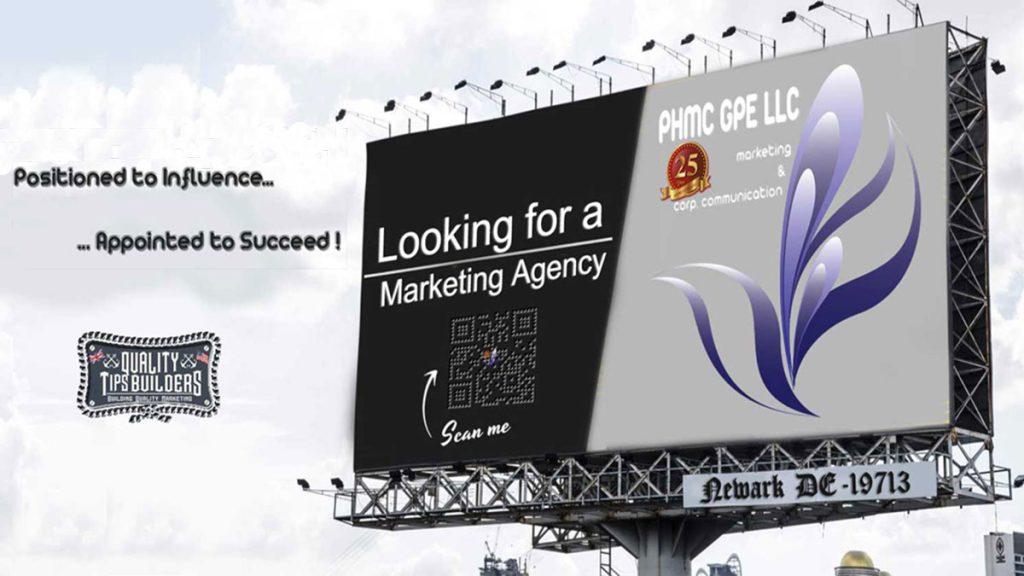
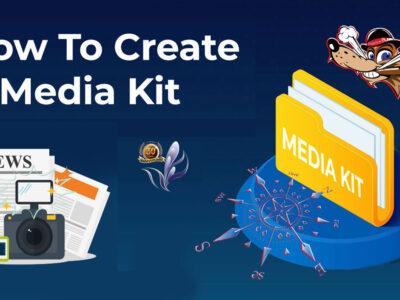

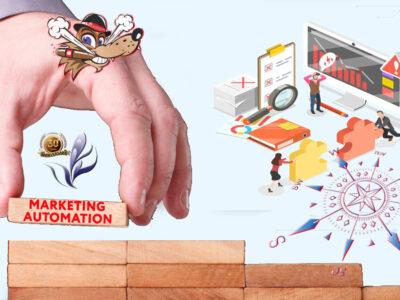











Comments